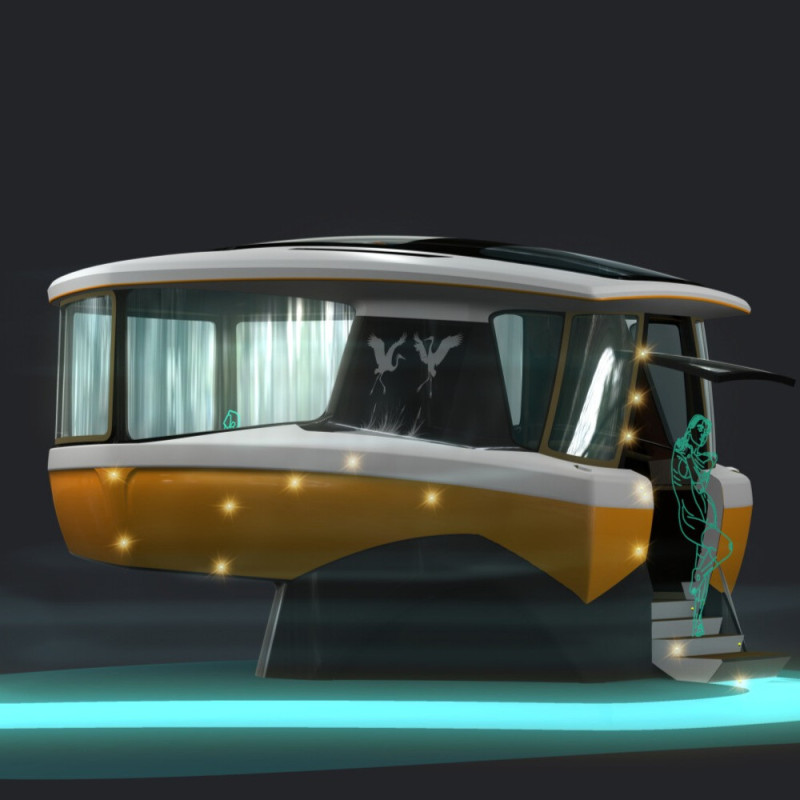5 key facts about this project
At the core of this architectural endeavor lies the thoughtful consideration of its function. Designed to accommodate a diverse range of activities, the project features versatile spaces that can adapt to varying needs throughout the day. This flexibility is achieved through an open floor plan, allowing for fluid movement and interaction among users, while also incorporating designated areas for privacy and contemplation. The layout encourages an inviting atmosphere, making it an ideal setting for both individual reflection and communal gatherings.
Materiality plays a crucial role in the architectural expression of the project. A careful selection of durable and sustainable materials reflects both modern aesthetic values and time-honored building practices. The façade combines materials such as locally sourced stone and sustainably harvested timber, providing a tactile experience that connects the building to the landscape. Large windows enhance the connection between the interior and exterior, promoting natural light and ventilation, which are essential for energy efficiency. This commitment to sustainability does not only indicate a responsible approach but also underscores the project's dedication to creating spaces that are as environmentally friendly as they are visually appealing.
Unique design approaches are evident throughout the architectural project. One notable aspect is the emphasis on biophilic design, which seeks to foster a connection between occupants and the natural environment. This is manifested in strategically placed green spaces and living walls that not only contribute to the building’s aesthetic value but also enhance air quality and biodiversity. The integration of nature into the architectural framework serves to create a calming atmosphere that promotes well-being, encouraging users to engage more actively with their surroundings.
The approach to sustainability extends beyond material selection, addressing energy consumption and environmental impact. Incorporating renewable energy sources, such as solar panels, the building aims to minimize its carbon footprint and inspire future architectural practices within the community. This forward-thinking perspective positions the project as a model for responsible design, showcasing how architecture can respond to contemporary environmental challenges while enhancing user experience.
In addition to its functional and aesthetic dimensions, the architectural design reflects a broader narrative about community identity and cultural expression. Elements such as local artwork and references to historical architecture enrich the building's character, bridging past and present and fostering a sense of belonging among users. The project thus serves not just as a place to inhabit but as a meaningful landmark that encapsulates the spirit of the community it serves.
The architectural design's attention to detail is further demonstrated in the interiors, where careful consideration is given to furnishings and fixtures that complement the overall design ethos. Every element, from the choice of colors to the arrangement of spaces, is purposeful, creating a cohesive environment that resonates with users on multiple levels.
This architectural project stands as a testament to the value of thoughtful design, where functionality, sustainability, and community engagement converge. To truly appreciate the nuances of this project and explore its architectural plans, sections, and innovative design ideas, readers are encouraged to delve deeper into the project presentation. An exploration of these elements will provide a more comprehensive understanding of the architecture's impact and the vision behind its realization.


























